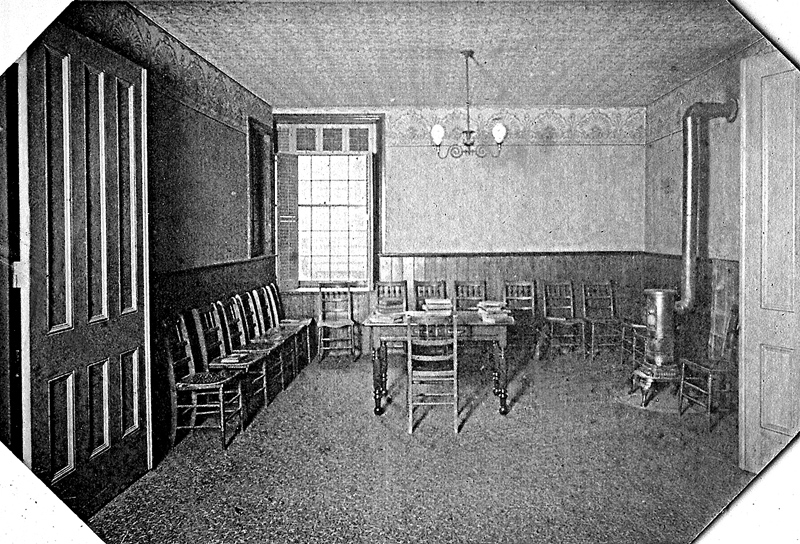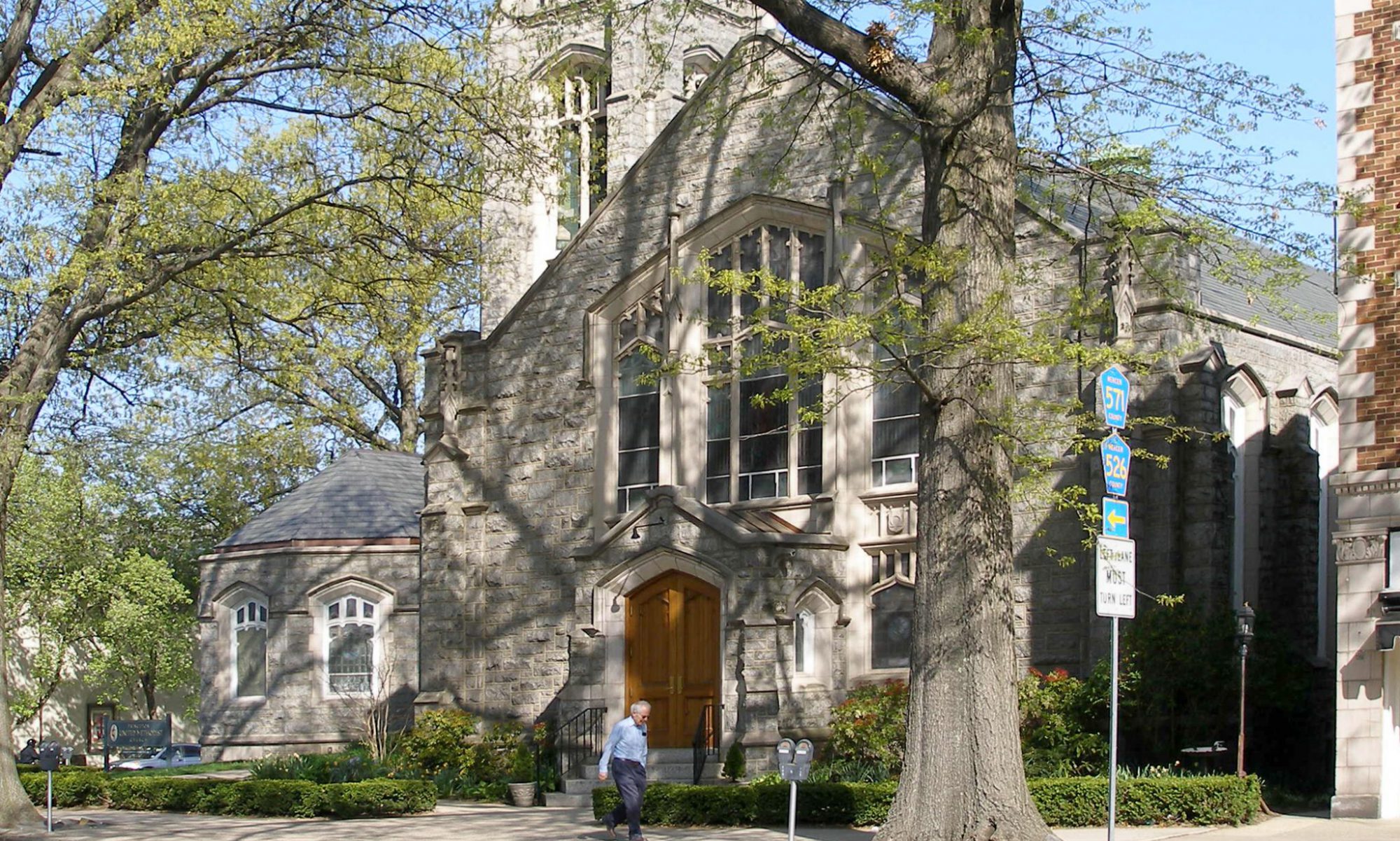
‘Unheralded’ Reverend Charles H. McAnney, proves to be an ‘evangelistic preacher of great power,’ serving 1885-1888 when Eddie Durrell was a university student, (Eddie was later commemorated by the Tiffany St. George window)
This is the ninth in a series of excerpts from “A Journey of Faith for 150 years: A history of the Princeton United Methodist Church” by Ruth L. Woodward, Copyright 1997.
(Part 9 of “A Journey of Faith for 150 years” by Ruth L. Woodward)
The Reverend Joseph G. Reed came to Princeton in the spring of 1881 and left within a year because of illness. He was replaced by Samuel F. Gaskill who, according to an undated resolution in the church archives, was unable to meet the needs of the church.
Resolved, That the members of the Princeton Quarterly Conference feel it incumbent upon them to declare, in view of the approaching annual conference, that during the past year our Church has suffered in a very marked degree by the sickness and consequent withdrawal of the Pastor appointed by the last annual conference: -We also acknowledge that the selection of Bro. S. F. Gaskell [sic] to fill the vacancy thus created was probably the best that could have been done under the circumstances, and we further bear testimony that both he and his estimable wife have done everything it was possible for them to do to revive the drooping interests of the church: -they have been earnest, devoted, and self-sacrificing -yet, we must confess, their devotion and labor have availed but little in overcoming the unfavorable circumstances surrounding them: We feel therefore that in justice to them, they ought not to be subject to another year of similar trial and forbearance in this charge.
And further, in view of our weakened condition, we most respectfully and yet earnestly ask for the appointment of a single man for the coming year.
Gaskill was followed in 1883 by John S. Parker, who had been married for three years. The appointment may have been at Parker’s request. While serving in Princeton he matriculated at the College of New Jersey, receiving his degree in 1886 while pastor of the church in nearby Windsor.
He was granted the A.M. degree in 1889. His successor in 1885, the Reverend Charles H. McAnney, was said to be an evangelistic preacher of great power. At the end of his tenure, in March 1888, the Official had a resolution of approbation added to the minutes of the Quarterly Conference.
Resolved, That the members of the Quarterly Conference of the Princeton Methodist Episcopal Church, in Conference assembled, cannot let this opportunity pass, without giving expression to their opinion of the Pastorate of Rev. Charles H. McAnney for the 3 years now about to end, and to express their cordial approbation of most of the methods adopted by him during his entire term. He came to us unheralded and unknown, and by the force of his wonderful ability in the pulpit, his boldness and sincerity in dealing with sinners whether in or outside the church, and his enthusiasm for the cause of Methodism which was not abated or affected by the staid conservatism of his surroundings, he has raised up the Princeton Methodist Church to a position never before attained by the labors of any of his predecessors. And while we are conscious that at time errors have been committed, because to “err is human,” yet we recognize the fact that God has blessed his labors in a most wonderful way. We also deeply regret that the policy of the Methodist Church requires his removal from us at this time and we most cordially and heartily commend him to’ his new charge as one worthy of the love, esteem and affection of good people every where.
For some time the ministers, as well as the sexton, had been paid regularly each month. However, by March 1895, when the Reverend Joseph Dilks arrived, it was deemed necessary to secure a note from the Princeton Bank in the amount of $175, $144 of which would care for the pastor’s salary for April and May. In spite of this, there must have been money in reserve, for in June it was decided to paint and paper the interior of the church, to put in new seats and carpeting, and to alter the galleries.
In September 1895 eight young men were appointed to act as ushers and take up collections. The collections were probably the basket collections received at church services, since there are many earlier references to class leaders getting collections from members, and also mention of a salaried Collector. At the beginning of 1896 it was voted to use the envelope and pledge card system, which is still being used today. ‘One member needed to be informed that his pledge of I¢ per week was unacceptable; no amount less than 5¢ per week would be allowed.
In 1897 there was some informal talk about the possibility of observing the semi-centennial of the church, but nothing seems to have come of this. Within a few years the church was involved first in the building of a new parsonage, and then in the major project of building and paying for a beautiful new building. A sense of commitment and cooperation was apparent as members worked to accomplish these goals.
